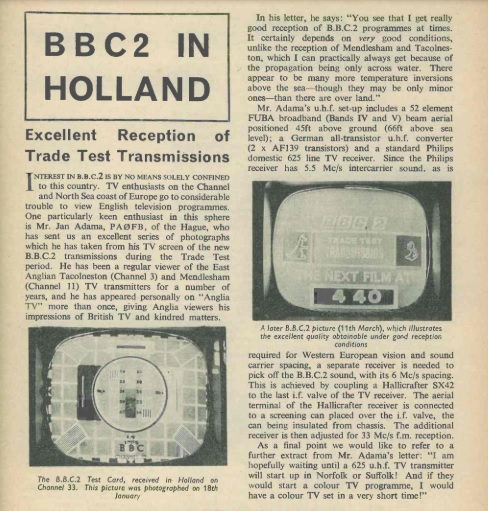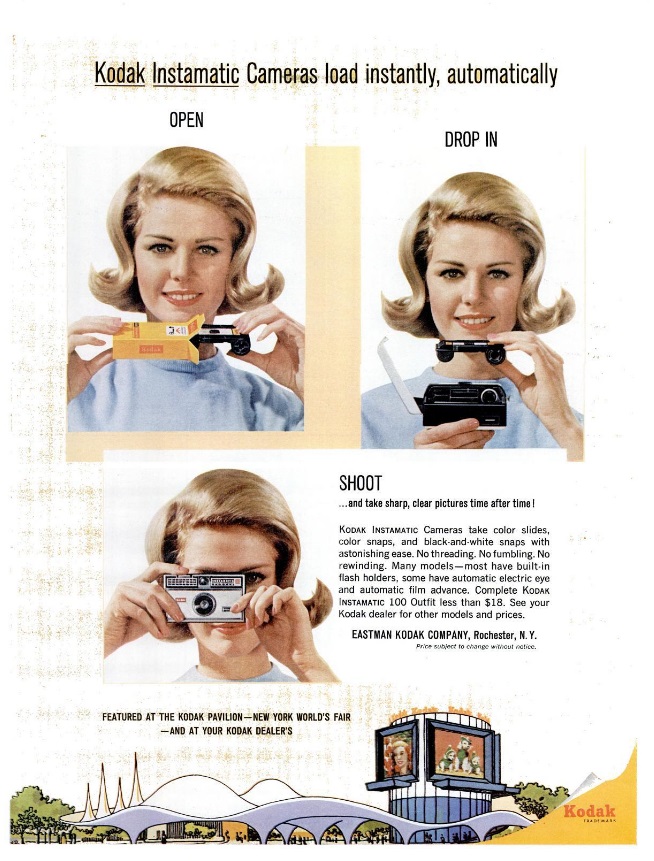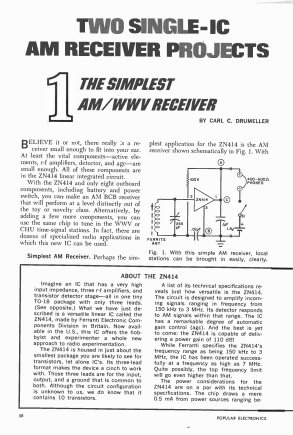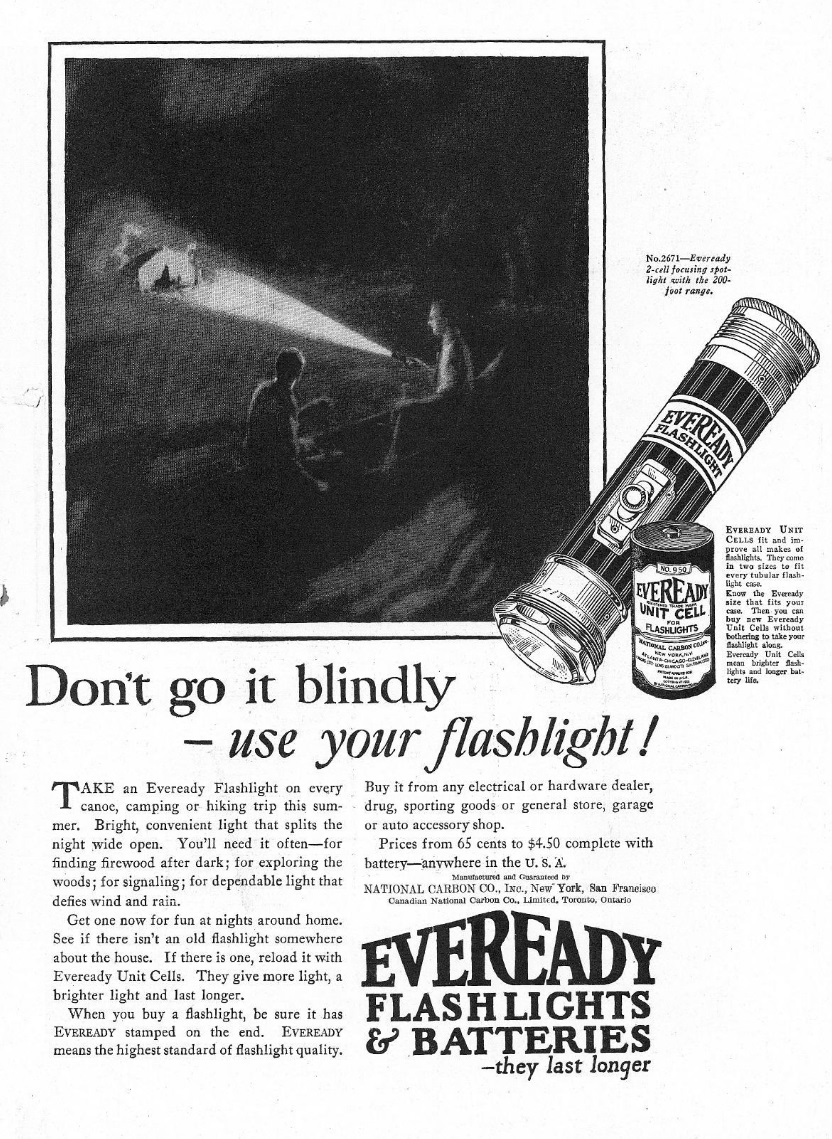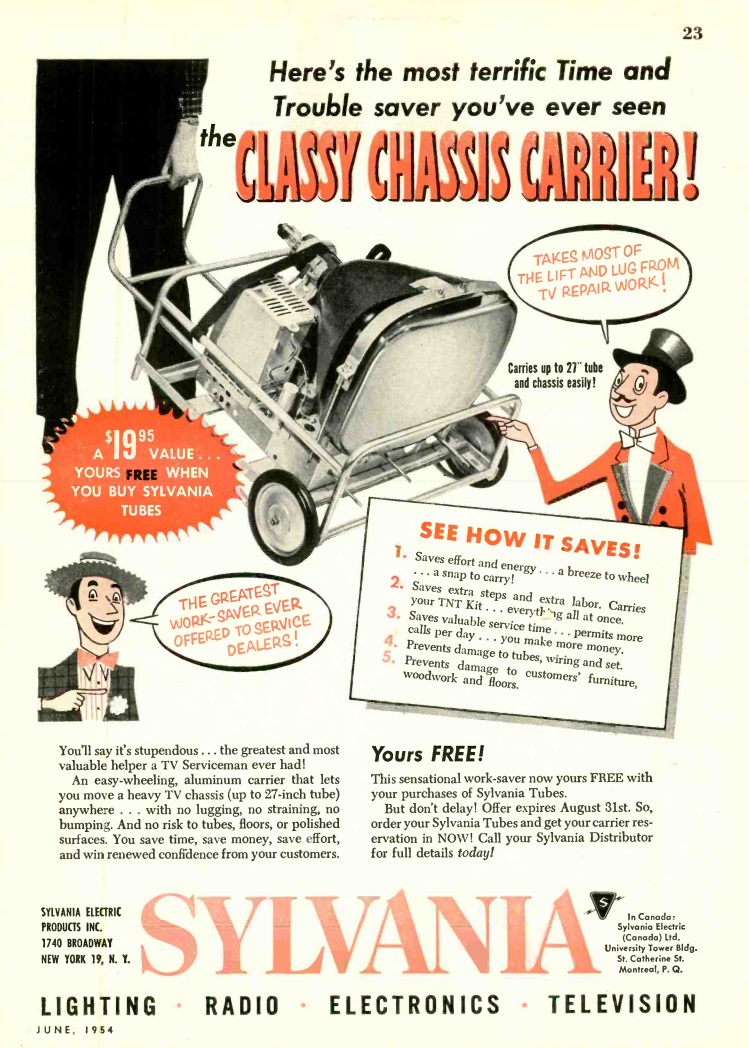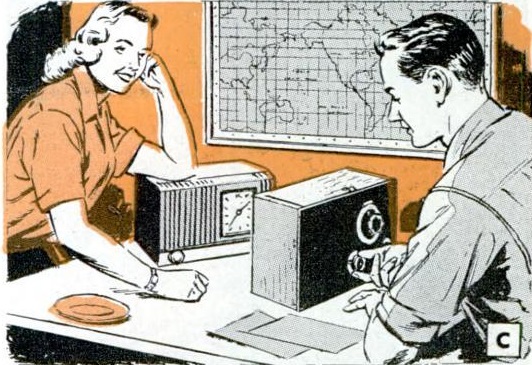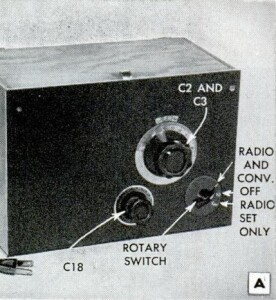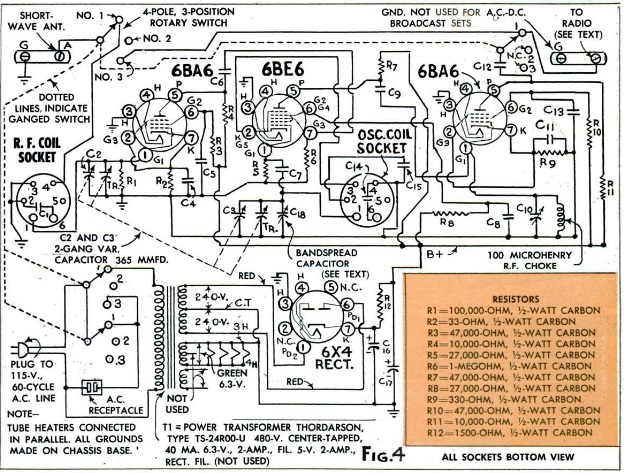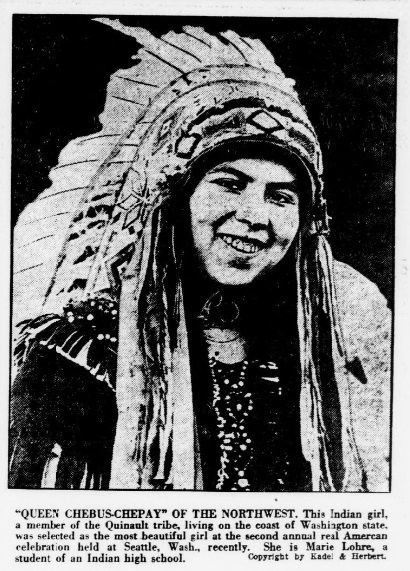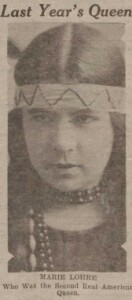For a snapshot of the cost of living in 1927, this ad for Sanitary Grocery Co. appeared in the Washington Evening Star on June 20, 1927. To keep the prices in perspective, this online inflation calculator reveals that one dollar in 1927 was the equivalent of $18.05 in 2024 dollars. So the chum for 14 cents a pound works out to $2.53 in today’s money.
A half pound of bacon was 23 cents, which would be $4.15, which sounds like a better deal than the chum. Coffee was 32 cents per pound, which works out to about $5.80. Potatoes were five pounds for a quarter, or about $4.50 in today’s money.
For a snack, for just 29 cents a pound ($5.26), the “Educator Toasterettes” don’t sound bad. They were a butter-sprayed whole wheat cracker that both children and grown folks could eat like peanuts. And the were surprisingly good with salads or cheese.
What would you make for dinner in 1927?
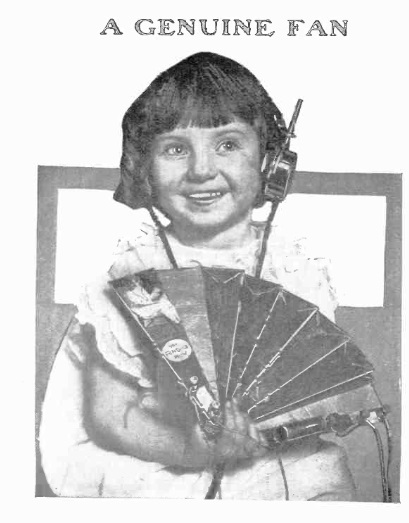 A hundred years ago, this young radio fan is listening to her, well, radio fan. The receiver was constructed into a fan which could be used for cooling. But upon connection to an antenna and ground, programs could be heard over the headphones.
A hundred years ago, this young radio fan is listening to her, well, radio fan. The receiver was constructed into a fan which could be used for cooling. But upon connection to an antenna and ground, programs could be heard over the headphones.
